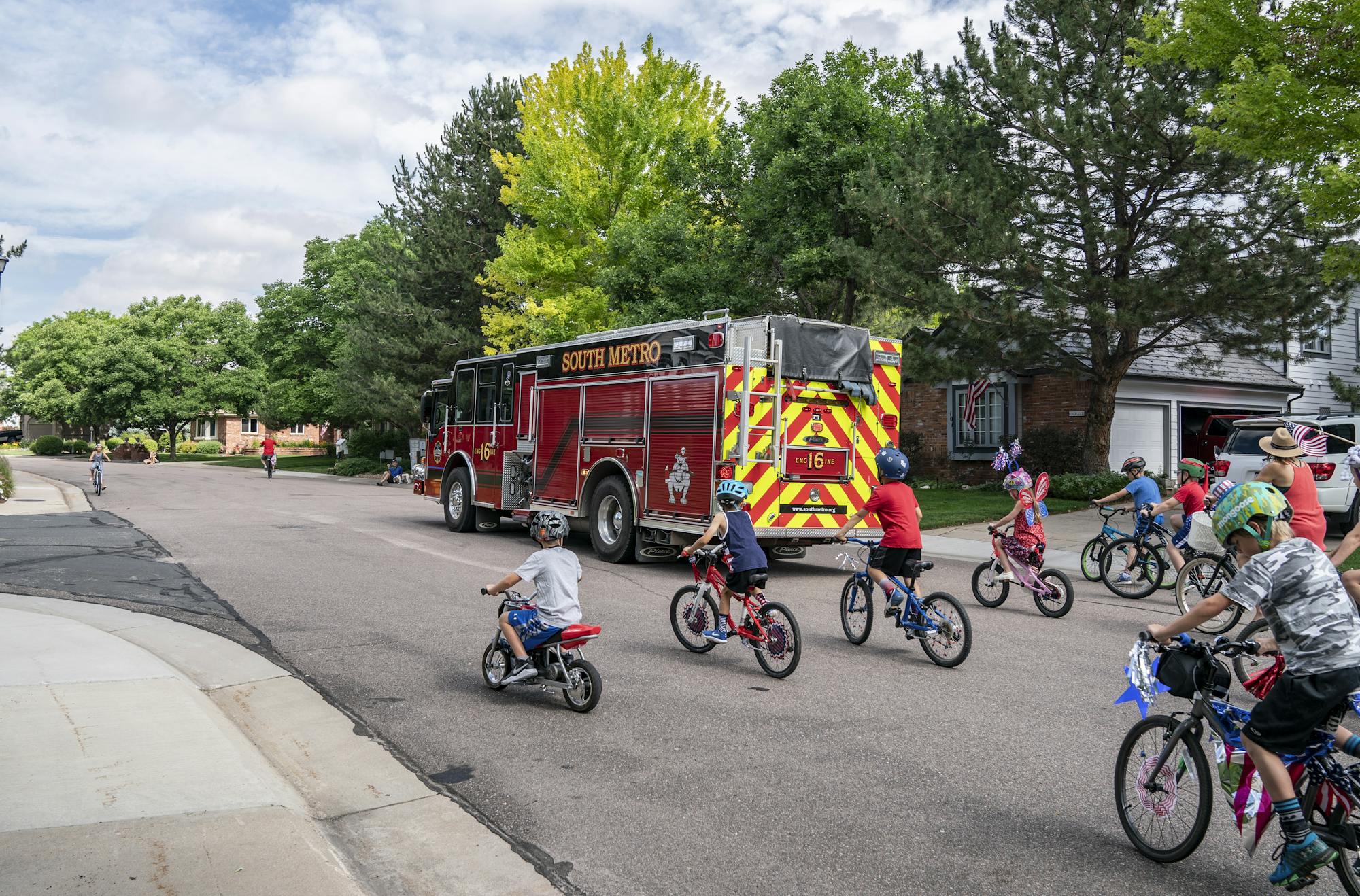Bicycle Safety for Kids
Each year, about 400,000 children under the age of 15 are treated in U.S. hospital emergency rooms for bicycle-related injuries. An additional 300 children are killed. Bicyclists ages 5 through 14 have among the highest injury rates of all riders.About one-third of the injuries and two-thirds of the deaths are head-related.
- US Consumer Product Safety Commission
A helmet is the single most effective safety device available to reduce head injury and death from bicycle crashes.Safe Kids Worldwide


Whether you're commuting, enjoying a leisurely ride, or exercising, following these 8 safety tips can help keep your journey safe and enjoyable.
1. Wear a Helmet
It's not enough to just wear a helmet - it has to be worn properly. ALWAYS wear a properly fitted helmet, no matter how short your ride. It's your best protection against serious head injuries in the event of a fall or collision.
2. Obey Traffic Laws
Bicycles are vehicles too—and riders must follow the same traffic rules as drivers. Stop at red lights and stop signs, yield to pedestrians, signal your turns, and always ride with the flow of traffic.
Click here for Colorado Bicycling Laws
3. Be Visible
Make yourself stand out, especially in low-light conditions. Wear bright or reflective clothing and use front and rear bike lights, along with reflectors, to ensure visibility from all directions.
4. Stay Alert
Keep your eyes—and mind—on the road. Avoid distractions like texting or wearing headphones, and stay prepared for sudden changes, such as vehicles backing out of driveways or pedestrians stepping into the bike lane.
5. Use Bike Lanes and Paths
Ride in designated bike lanes or shared-use paths whenever possible. These routes are designed to keep cyclists safer by separating them from motor vehicle traffic.
6. Be Predictable
Signal your intentions clearly and early. Use hand signals for turning and stopping, and avoid weaving between lanes or making sudden moves that drivers or other cyclists can’t anticipate.
7. Check Your Bike Regularly
Before each ride, inspect your bike for safety. Check brakes, tire pressure, and lights. Make sure your chain is lubricated and all components are secure and functioning properly.
8. Be Mindful of Weather
Weather affects both your bike’s performance and how others see you. Slow down on wet or windy days, use extra caution in low visibility, and dress appropriately for the conditions.

